Sebastian Zambanini
CoinNet: Deep Ancient Roman Republican Coin Classification via Feature Fusion and Attention
Aug 26, 2019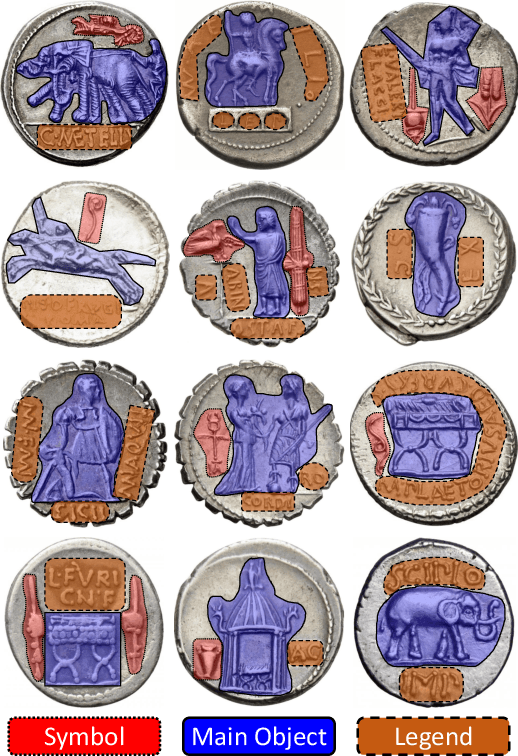



Abstract:We perform classification of ancient Roman Republican coins via recognizing their reverse motifs where various objects, faces, scenes, animals, and buildings are minted along with legends. Most of these coins are eroded due to their age and varying degrees of preservation, thereby affecting their informative attributes for visual recognition. Changes in the positions of principal symbols on the reverse motifs also cause huge variations among the coin types. Lastly, in-plane orientations, uneven illumination, and a moderate background clutter further make the task of classification non-trivial and challenging. To this end, we present a novel network model, CoinNet, that employs compact bilinear pooling, residual groups, and feature attention layers. Furthermore, we gathered the largest and most diverse image dataset of the Roman Republican coins that contains more than 18,000 images belonging to 228 different reverse motifs. On this dataset, our model achieves a classification accuracy of more than \textbf{98\%} and outperforms the conventional bag-of-visual-words based approaches and more recent state-of-the-art deep learning methods. We also provide a detailed ablation study of our network and its generalization capability.
Feature-based groupwise registration of historical aerial images to present-day ortho-photo maps
Nov 22, 2018
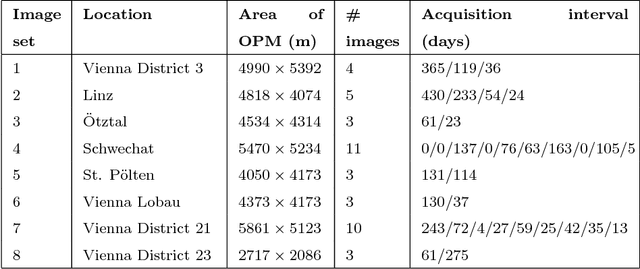

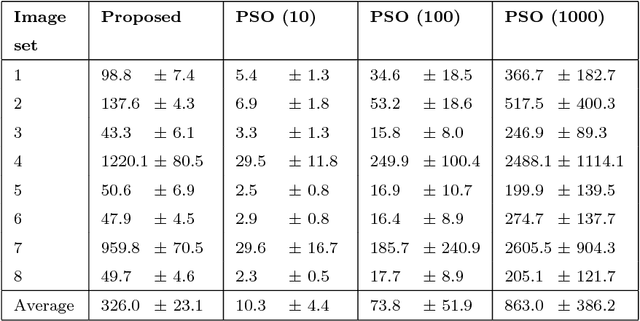
Abstract:In this paper, we address the registration of historical WWII images to present-day ortho-photo maps for the purpose of geolocalization. Due to the challenging nature of this problem, we propose to register the images jointly as a group rather than in a step-by-step manner. To this end, we exploit Hough Voting spaces as pairwise registration estimators and show how they can be integrated into a probabilistic groupwise registration framework that can be efficiently optimized. The feature-based nature of our registration framework allows to register images with a-priori unknown translational and rotational relations, and is also able to handle scale changes of up to 30% in our test data due to a final geometrically guided matching step. The superiority of the proposed method over existing pairwise and groupwise registration methods is demonstrated on eight highly challenging sets of historical images with corresponding ortho-photo maps.
Reading Ancient Coin Legends: Object Recognition vs. OCR
Apr 26, 2013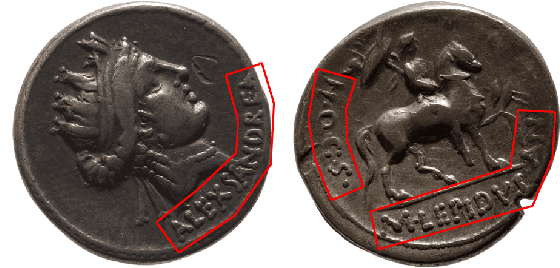

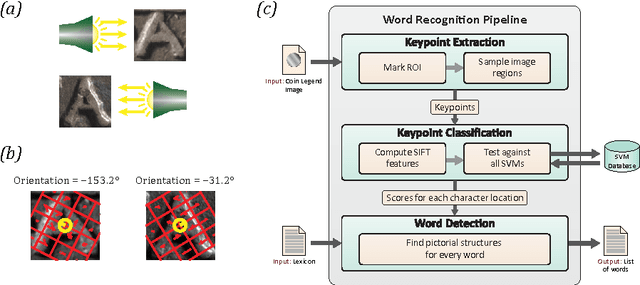

Abstract:Standard OCR is a well-researched topic of computer vision and can be considered solved for machine-printed text. However, when applied to unconstrained images, the recognition rates drop drastically. Therefore, the employment of object recognition-based techniques has become state of the art in scene text recognition applications. This paper presents a scene text recognition method tailored to ancient coin legends and compares the results achieved in character and word recognition experiments to a standard OCR engine. The conducted experiments show that the proposed method outperforms the standard OCR engine on a set of 180 cropped coin legend words.
A Bag of Visual Words Approach for Symbols-Based Coarse-Grained Ancient Coin Classification
Apr 23, 2013



Abstract:The field of Numismatics provides the names and descriptions of the symbols minted on the ancient coins. Classification of the ancient coins aims at assigning a given coin to its issuer. Various issuers used various symbols for their coins. We propose to use these symbols for a framework that will coarsely classify the ancient coins. Bag of visual words (BoVWs) is a well established visual recognition technique applied to various problems in computer vision like object and scene recognition. Improvements have been made by incorporating the spatial information to this technique. We apply the BoVWs technique to our problem and use three symbols for coarse-grained classification. We use rectangular tiling, log-polar tiling and circular tiling to incorporate spatial information to BoVWs. Experimental results show that the circular tiling proves superior to the rest of the methods for our problem.
 Add to Chrome
Add to Chrome Add to Firefox
Add to Firefox Add to Edge
Add to Edge